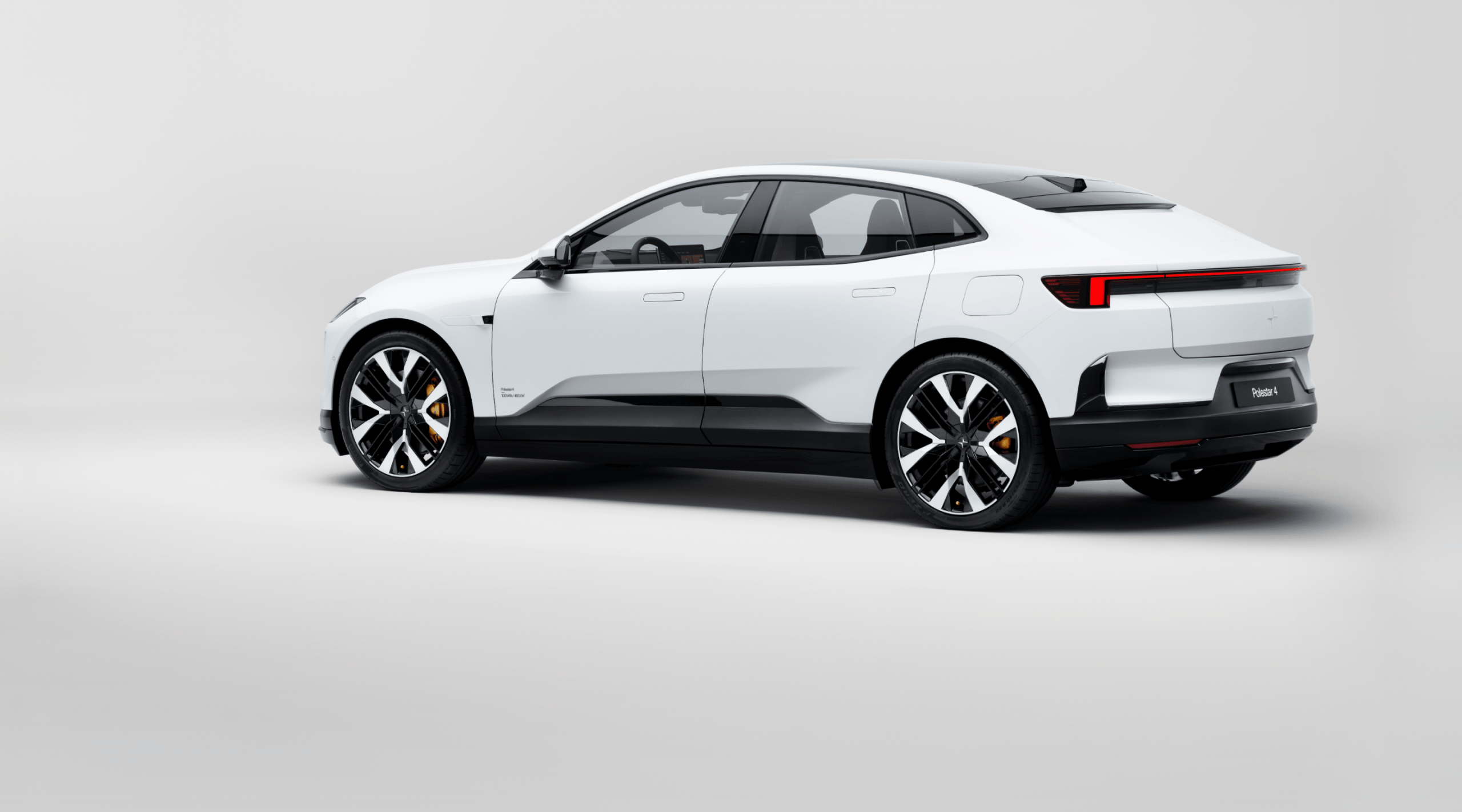Polestar: Driving the Future of Electric Performance

Introduction
Polestar, the Swedish electric performance brand, has emerged as a key player in the growing electric vehicle market. As global concerns about climate change intensify, Polestar’s commitment to sustainability and innovation has garnered significant attention. This article delves into Polestar’s recent developments, its contributions to electric mobility, and its relevance in today’s automotive landscape.
Recent Developments
Recently, Polestar unveiled the Polestar 3, its first all-electric SUV, at a high-profile event in Los Angeles. With a promise of 272 miles of range and a focus on performance, the Polestar 3 aims to compete with major players like Tesla and traditional luxury car manufacturers. This model is built on a new platform that allows for rapid innovations in electric vehicle technology, demonstrating Polestar’s intent to provide not just an eco-friendly option, but also a dynamic driving experience.
Moreover, Polestar is also making strides in integrating sustainable materials within its vehicles. The new interiors of the Polestar 3 feature high-grade recycled materials, aligning with the company’s goal to become climate neutral by 2030. This focus on sustainability extends beyond the product to include transparent supply chains and responsible sourcing of raw materials.
Market Impact and Significance
Polestar’s growth reflects a broader shift in consumer preferences toward electric vehicles. Sales figures for the brand have steadily increased, with a reported 125% increase in the first half of 2023 compared to the previous year. This upsurge signifies not just the appeal of electric vehicles, but the successful brand positioning that Polestar has achieved through innovative marketing and clear messaging about sustainability.
Additionally, Polestar has partnered with influential tech companies to enhance the connectivity features within its vehicles, which appeals to tech-savvy consumers seeking modern conveniences in electric mobility. These partnerships signal an important trend where automotive companies need to adapt to evolving consumer technology preferences.
Conclusion
As the electric vehicle market continues to expand, Polestar stands out as a brand committed to combining performance with sustainability. Its recent product launches and dedication to eco-friendly practices place it on the forefront of the automotive revolution. Looking ahead, Polestar’s ability to innovate and adapt will likely determine its long-term success and influence within the industry, making it a critical player in the drive towards a greener future.
